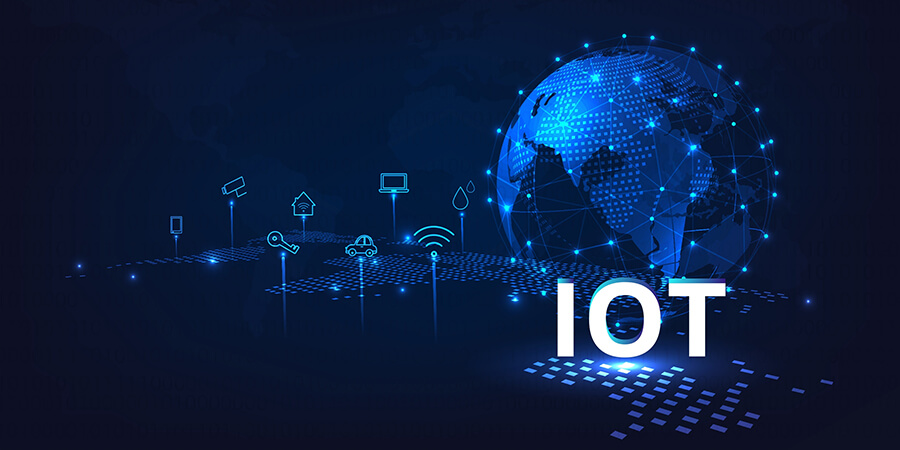The global number of cellular IoT subscribers increased by 27% during 2022 to reach 2.7 billion at the end of the year, amounting to around 24% of all mobile subscribers, according to Berg Insight estimates.
Moreover, the number of cellular IoT subscribers is forecast to grow at a compound annual growth rate (CAGR) of 15.4% to reach 5.4 billion at the end of 2027.
During the same period, cellular IoT connectivity revenues are forecast to grow at a CAGR of 14.6% from €10.8 billion in 2022 to approximately €21.4 billion in 2027. Meanwhile, the monthly ARPU is expected to drop to €0.35.
China is the world’s largest market for cellular IoT connectivity services by volume. According to data from the national telecom regulator, the installed base in the country grew by 32% year-on-year to reach 1.8 billion IoT connections at the end of 2022. This corresponded to about 70% of the global installed base. Berg Insight believes that the role of the Chinese government is the main explanation for why China is ahead of the rest of the world in the adoption of IoT. Authorities actively endorse large-scale IoT deployments as a method for addressing problems affecting society, whether it is crime, fire safety, energy conservation or traffic management. The private sector is directed and encouraged to do the same.
North America and Western Europe rank as the second and third largest markets for IoT solutions, with 240 million and 218 million IoT subscribers, respectively, at the end of 2022. In contrast to China, developments in these regions are largely driven by commercial interests. The connected car is currently one of the strongest trends, with close to 90% of new cars sold in the regions featuring embedded cellular connectivity. Other key application areas are fleet management of commercial vehicles, smart utility metering and monitored alarm systems. Latin America, Central & Eastern Europe and South Asia had in the range of 44–62 million IoT subscribers, while the Middle East, Africa and Southeast Asia had around 30 million each. Australia & Oceania was the smallest region, with approximately 11 million connections.
China Mobile is the world’s largest provider of cellular IoT connectivity services. At the end of 2022, the operator reported 1.06 billion cellular IoT connections and a year-on-year growth rate of 32%. China Telecom and China Unicom ranked second and third with 407 million and 390 million connections, respectively. Vodafone ranked first among the Western operators and fourth overall with 160 million connections, followed by AT&T with 107 million in fifth place. Verizon, Deutsche Telekom and Telefónica had in the range of 36–57 million cellular IoT connections. KDDI and Orange were the last players in the top ten, with about 30 million each. The year-on-year growth rates for the mentioned operators were in the range of 1–37%.
IoT connectivity revenues are growing at a slower rate than the number of connections, though the sustained decline in the global ARPU decelerated in 2022. Berg Insight’s analysis of the IoT business KPIs released by mobile operators in different parts of the world suggests that global IoT connectivity revenues increased by around 24% during 2022, while the monthly APRU dropped by 1%. On average, IoT connectivity revenues account for around 2% of total revenues for the largest mobile operator groups. As the value in IoT lies in value-added services rather than connectivity, mobile operators increasingly focus on boosting their IoT portfolios by adding cloud services and security capabilities on top of their connectivity offerings to capture a larger share of the market, according to the report.
Several players have embarked on vertical integration strategies, typically by acquiring local solution providers in application areas like fleet and asset tracking. Private LTE/5G is an emerging focus area where many operators act as managed service providers.
China Mobile reported the highest IoT connectivity revenues of €2.2 billion in 2022 but had one of the lowest monthly ARPUs of €0.19. China Unicom reported €1.2 billion in IoT sales for the year and the highest growth rate of 42%. AT&T and Vodafone are believed to have generated IoT connectivity revenues in the range of €1.1 billion and €0.9 billion, respectively. Verizon generates annual IoT revenues of more than US$1.5 billion (€1.4 billion), with almost 60% coming from the Verizon Connect fleet management and telematics business. Annual IoT connectivity revenues are believed to be in the range of €700–750 million.
Also read: OQ Technology and Aramco Strengthen Ties With New Technology Connectivity MoU











